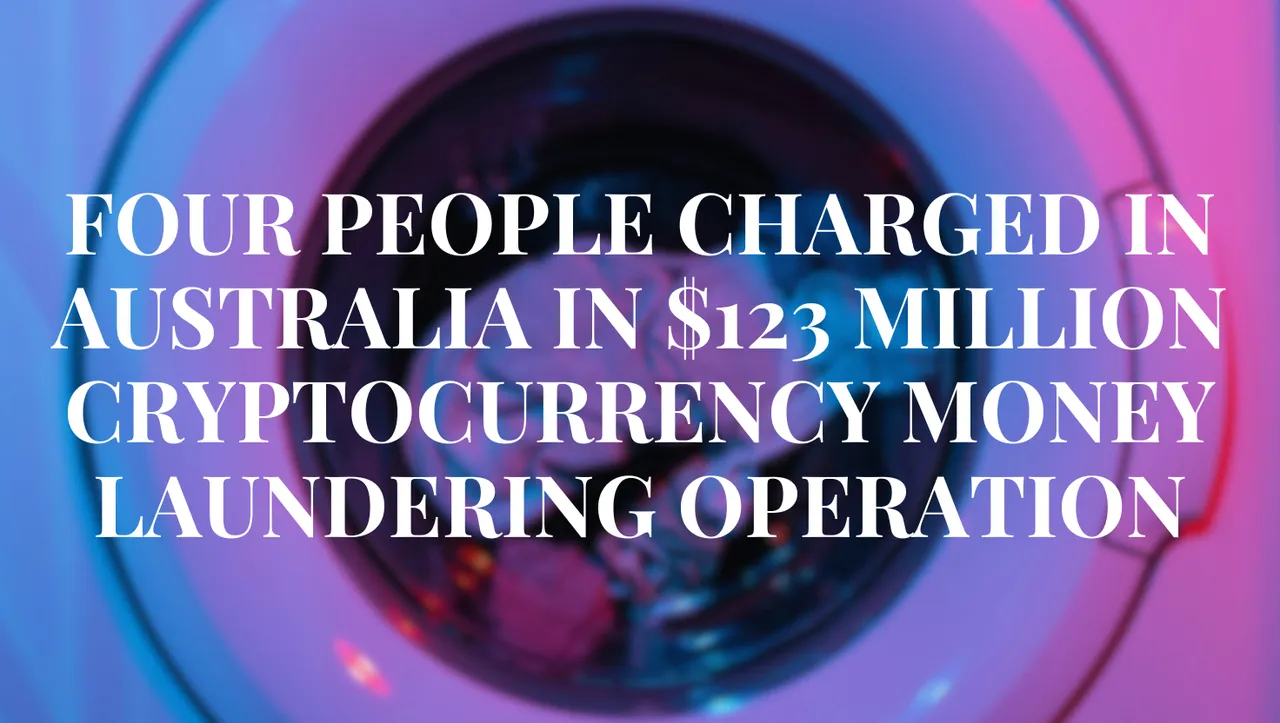
engin akyurt | Unsplash
Cybercriminals increasingly tend to use cryptocurrencies to eliminate possible traces of certain illicit activities. While a blockchain has the characteristic of being transparent with respect to the operations carried out on it, there are applications that allow transactions to be hidden through mixers, DeFi protocols, and interchain bridges, making it difficult for the authorities to trace these operations.
It is then that we see a pronounced contrast between what blockchain technology can offer and traditional financial systems. Although we can say that it is a step we should take as a society. On the one hand a blockchain is naturally open and decentralized, which could be a benefit towards the modernization of current financial systems. On the other hand, it is a problem: it is an attractive system for criminals to succeed in their illicit activities.
According to the blockchain forensic analysis firm, Chainanalysis, it is estimated that between 2019 and 2024, there was a $100 billion flow of cryptocurrencies leaving illicit wallets to conversion services. 2022 was the year when this flow peaked, reaching $30 billion.
The culmination of an 18-month investigation by Australian authorities into a cryptocurrency money laundering operation, estimated to be worth more than $123 million dollars, which had been laundered through a security company, was recently announced. At the moment the authorities have charged four people for having participated in the fact; network that operated in the state of Queensland.
The Australian Federal Police, which leads the Proceeds of Crime Confiscation Task Force, in conjunction with the Queensland Organized Crime Joint Task Force and other participating agencies, carried out 14 planned raids in Brisbane and the Gold Coast.
What was striking about the case was the operation that had been carried out. The investigation led to traces of a scheme in which the money laundering was to be laundered through legitimate business activity. With the involvement of up to 70 agents from federal and state agencies investigating the case, it was revealed that the organization was using armored vehicles from a security company that functioned as a front to commit this type of activity, laundering “dirty money” in cryptocurrencies.
This investigation was heavily influenced by one of the suspects accused of laundering $9.5 million over a 15-month period, which led to the discovery of a rigorous money laundering scheme masquerading as legitimate business activity. The funds were also funneled through a classic car dealership, a sales promotion company, and the cryptocurrency exchange, which was based on the commingling of legitimate commercial proceeds with illicit proceeds by the security company that provided armored transportation.
The investigation showed that there were $110,370 dollars in cryptocurrencies, plus $30,000 dollars in cash. Added to this were items such as encrypted devices, business documentation, vehicles, property, and bank accounts.
It is estimated that CACT has achieved the seizure of $110 million over the last year, but currently with these operations, the total amount in the period of 2019 to date, rises to a staggering $1.2 billion.

- Main image edited in Canva.
- Information consulted in: decrypt.co and cointelegraph.com.
- Translated to English with DeepL.